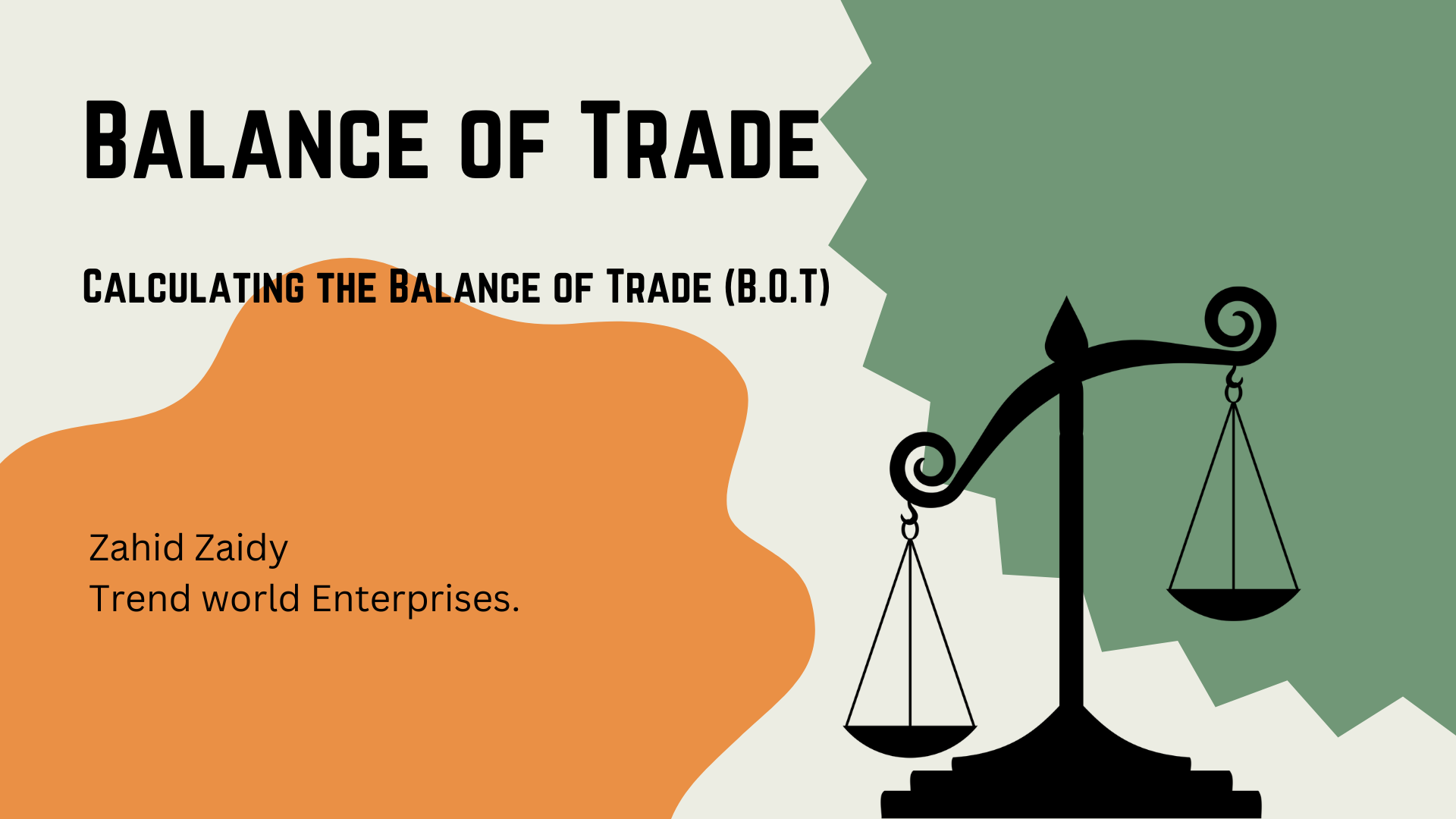What are some big misconceptions Americans have about why the U.S. always seems to import more than it exports in international trade?
The U.S. trade deficit is broadly misjudged, and several common misconceptions contribute to public doubts Here are some of the biggest misconceptions Americans often have about why the U.S. imports are higher than it exports:
1. “A trade deficit misconception.”
A trade deficit doesn’t mean the U.S. economy faces loss. For example if Americans are buying more foreign products than foreigners are buying U.S. products, It apprehended the USA is economically facing loss but actually the balance is recovered or earned through capital flows.
- The U.S. trade deficit is often set off by a capital account surplus, meaning foreign investors are buying U.S. assets (stocks, real estate including industrial properties,Treasury bonds, etc.).
- Example: As China accumulates U.S. dollars through its trade surplus, it reinvests those dollars by purchasing U.S. Treasury bonds, a form of foreign direct investment in U.S. government debt.
2. “Trade deficits mean we’re getting poorer”
Reality: Trade deficits regularly mirror monetary energy and customer self belief, no longer weakness.individuals can find the money for to buy greater imports because of robust intake, a excessive popular of dwelling, and a globally desired forex (the dollar)..
The U.S. dollar is the arena’s reserve foreign money, making it less complicated for individuals to purchase globally.
3. “If we simply made extra stuff, the alternate deficit would depart.”
Reality: The exchange balance is not pretty much production — it is also about financial savings and investment behavior.
* The U.S. tends to keep much less and devour more, whilst nations like Germany or China save extra and put money into export-pushed models.
- exchange deficits are partially a macroeconomic reflection of country wide savings charges.
4.The change deficit is caused by awful trade deals.”
- Truth: An alternate deals affect character industries, however the ordinary exchange deficit is shaped more through financial coverage, exchange charges, consumer demand, and capital flows.
- Regardless of no trade deals, the U.S. could in all likelihood nevertheless run a deficit due to global call for for U.S. property and the dollar’s power.
- Change agreements regularly open foreign markets to U.S. exporters extra than they change the macro picture.
5. “other nations are dishonest, that’s why they export more.”
- Truth: even as some international locations control forex or subsidize exports, these aren’t the main drivers of the U.S. trade imbalance.
- Exchange deficits are structural — rooted in economic basics, now not just manipulation.
- Countries like Japan, Germany, and China run surpluses due to excessive savings and export-pushed models, even as the U.S. runs a deficit because of home intake styles and investment inflows.
6. “We don’t export lots.”
- Truth: The U.S. is without a doubt one of the world’s largest exporters, mainly of offerings, technology, intellectual assets, aerospace, prescribed drugs, and agricultural merchandise.
- Many human beings awareness most effective on physical items, ignoring that the U.S. is a offerings superpower.
- U.S. exports of offerings (like finance, software, schooling, and consulting) are huge and developing.
7. “The U.S. can fix the trade deficit with tariffs.”
- Reality: Tariffs can reduce imports temporarily, but they also raise prices for consumers and can trigger retaliation — hurting U.S. exports in return.
- * A tariff war doesn’t necessarily reduce the deficit — it may just shift the deficit to another country or increase costs.
- * Example: The U.S. trade deficit with China shrank after tariffs, but deficits with Vietnam and Mexico increased.
Final concept:
The U.S. exchange deficit is less a trouble and extra a symptom of worldwide self belief in the U.S. financial system and the dollar. Addressing it isn’t as simple as “export extra” or “purchase American” it’d require deep shifts in client conduct, country wide financial savings, investment flows, and fiscal coverage.
could you want a visual diagram to explain this in a less complicated layout?
